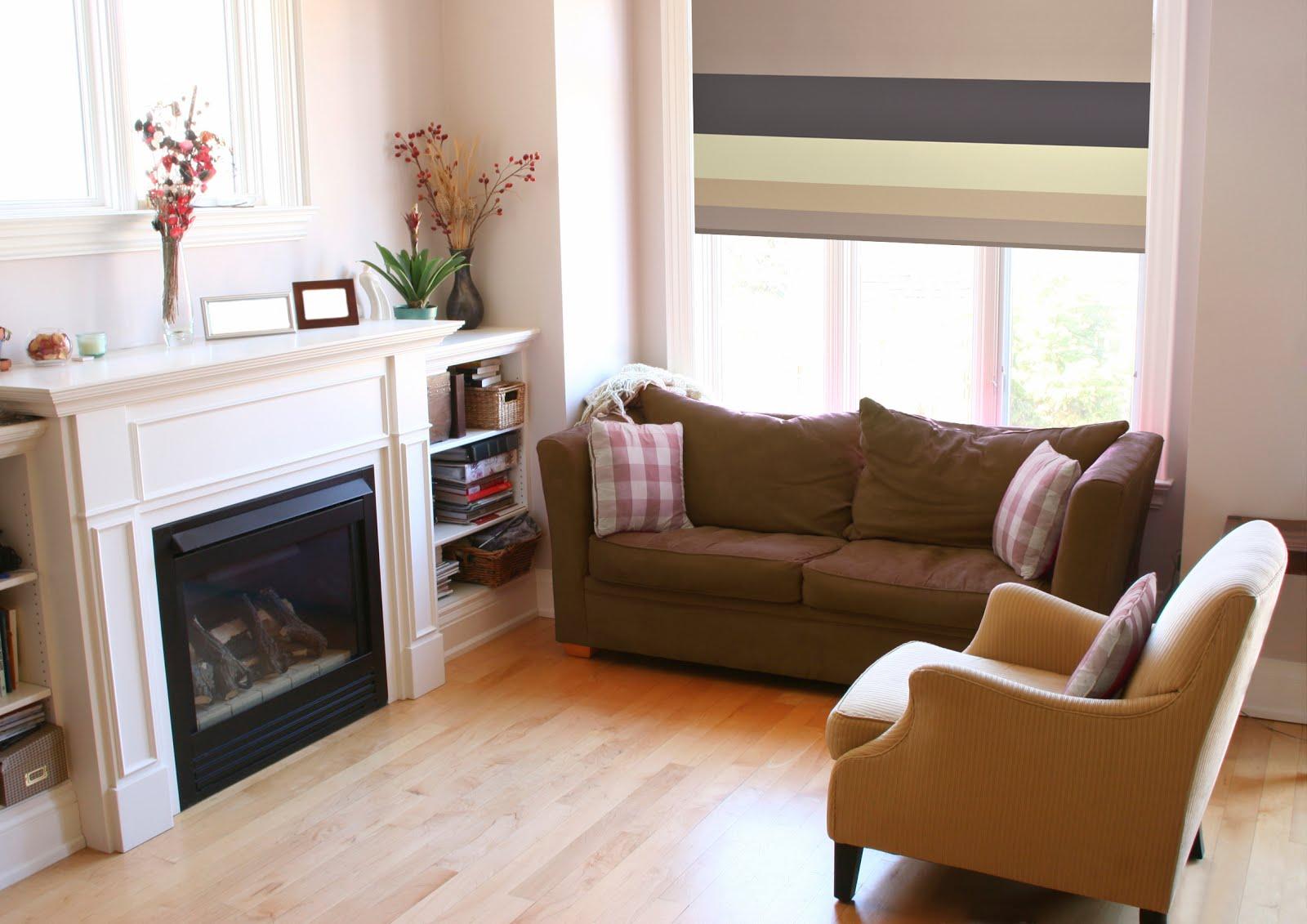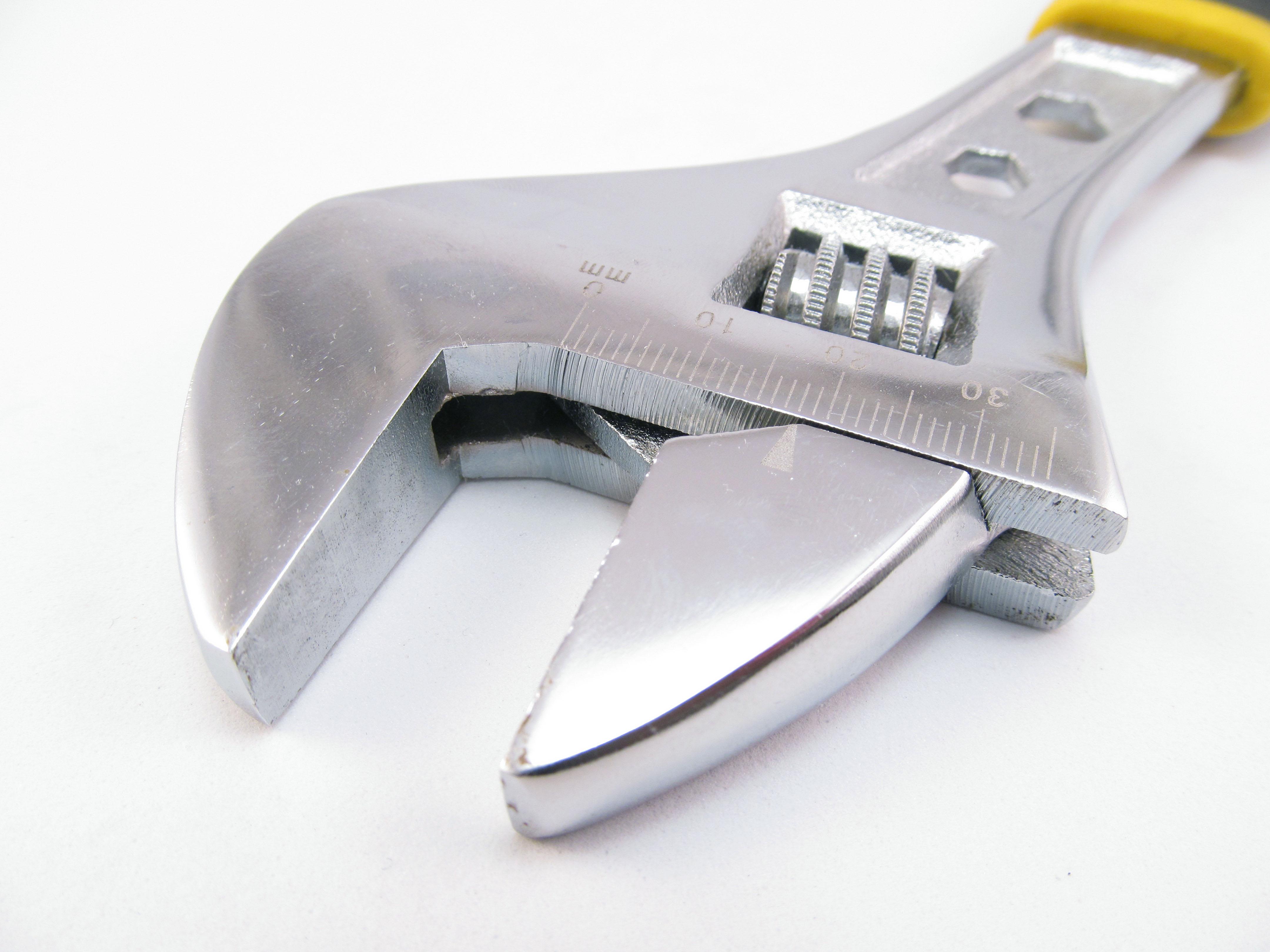No one wants to spend more money on their bills. You should only pay for what you need, right? Yet some HVAC setups don’t work that way.
Every now and then, we see homes that consistently waste energy by heating or cooling rooms that you don’t even use. And when that happens, you end up overpaying on your energy bills. If your HVAC system can be organized the right way, you only use what you need. Your home’s warm or cool air can get directed where you actually want it. That way, you won’t get overcharged for your energy usage. The setup is called zoning.
About HVAC Whole-Home Zoning
Homes with HVAC zoning can regulate their energy usage much more efficiently. With these setups, your system won’t automatically heat or cool areas of your home that don’t need it. And without zoning? Well, it’s kind of like having every lightbulb in your home turn on when you flip the switch on your bedside lamp. You might only need a couple rooms cooled, but your HVAC is trying to lower the temp everywhere in your home.
Unfortunately, not all homes can be zoned. It just depends on how easily you can access your ductwork (since no one really wants to tear into their walls). But if your home does happen to be a good candidate for zoning, it’s a huge win. Because zoning lets you pick and choose where your heating and cooling efforts actually go, you’ll start raking in the savings right away. The systems themselves are pretty straightforward, too.
To start, your HVAC company would need to come out to analyze your home’s layout. Based on that information and your lifestyle, they’ll be able to designated “zones” for your home. Each zoned section would get its own thermostat to control that area. So, for example, if you don’t want to adjust the temperature in your guest room, a zoning system could be a great way to bypass heating or cooling that space.
Good Zoning System Strategies
Questions about why your home is warmer or colder upstairs vs. downstairs are pretty common in the HVAC world. This suggests that a lot of homeowners are already thinking about getting a zoning system before they even realize there’s a name for it! The following scenarios are all good signs that your home might benefit from this kind of setup:
- Multi-story home
- High, cathedral ceilings
- Finished living space in basement or attic
- Above-garage bonus room or apartment
- Lots of large windows, and/or sunroom
If you find a lot of temperature swings in different rooms of your home and you have one of the above home features, there’s a good chance zoning would be a smart upgrade—if your ductwork can support it. A consultation with your local HVAC company can help you know for sure.
Other HVAC Zoning Benefits
In addition to lower energy bills every month, whole-home zoning systems can also extend the life of your existing HVAC equipment. Lower demand results in less wear and tear on the heating and cooling elements throughout the year—all while getting a more comfortable home.
If you want an even better deal, consider connecting your zoned system with some programmable thermostats. When every aspect of your home’s heating and cooling is energy-efficient, you’ll start seeing some really significant savings. These types of upgrades make your home more desirable too, so even if you end up moving later on, you can still bank a solid ROI.
Got other questions about HVAC zoning? Homeowners in the greater Indianapolis area can always give LCS Heating & Cooling a call. We’d be happy to talk with you over the phone or in-person during an in-home consultation. Contact us today to get your appointment scheduled, and start getting the benefits of whole-home zoning for yourself!
June 28, 2017
When the forecast calls for freezing temperatures and snow, we get a lot of homeowners in the Indianapolis area wondering if they need to winterize their outdoor AC units. The quick answer is this: You really don’t.
Top 3 Myths for AC Winterization
Most people think they need to winterize their AC unit, but you’re actually better off just doing a quick check around their unit. Remove those piles of leaves, check for any obvious damage, and you’re pretty much good to go until spring.
Tip 1: It’s okay to leave the AC power on.
There are lots of AC winterization tips online that talk about turning the unit’s power off. Usually this isn’t even necessary. You might want to take this step if you already know how to disconnect the power—but don’t worry about it if you’re unsure. The only thing it does is keep your unit from kicking on during those unexpected warm days in winter. For the average homeowner, it’s totally fine to keep the AC power on in winter.
Tip 2: You don’t have to clear the snow around your AC unit.
Sometimes cleaning up your AC unit’s area is more trouble than it’s worth. Too many well-meaning homeowners have actually damaged their unit while trying to protect it. This tends to happen when clearing off snow or ice with a shovel, which can accidentally break wires. The same thing happens when weedeaters get too close to the AC unit in the warmer months.
Of course, it’s important to take this winterization tip with a grain of salt. You obviously don’t want a bush growing right into your AC unit. If plants are crowding your unit, take care when you trim them back. Clearing leaves and smaller twigs is also a smart move. Winter winds can blow them into your unit, and the freezing temperatures, snow, and slush can end up trapping the debris. You want to make sure your unit is free from any materials when you turn it back on in the spring. A quick sweep around the AC unit should be all you need before the big snowfalls hit.
Tip 3: There’s no reason to have an AC cover—unless you like the look.
Using a cover for your AC unit isn’t necessary for winterization, but some people still prefer to use it. At LCS, we’re happy to install covers for customers who request them. Some people just like how the cover looks. Others like to use covers because they help keep leaves and debris out. Just note: Heat pumps should never be covered. Because those types of units work year-round, homes with heat pumps usually keep them running throughout the colder months.
What’s more important is that you just check all around your unit to make sure you don’t see any visible damage. Any cracks and breaks in the unit can worsen when temperatures drop. Fixing those issues now can help ensure that your unit will be in good working order when you’re ready to use it again. That way, you’ll be all set for every season!
If you happen to need any HVAC repairs in the Indianapolis area, the LCS Heating & Cooling experts are here to help! Just call (317) 238-3961 for year-round assistance on all your HVAC repairs, installs, and questions.
December 9, 2016
We all want our homes to be comfortable year-round. In the summer, we want to stay cool. During winter, we seek heat. For some homeowners, a heat pump can give them the best of both worlds!
These types of units are often super energy-efficient because they use heat that’s already present. By working with both indoor and outdoor air they can balance—or rather, counterbalance—whatever temperature you want inside. A heat pump can be a great asset. But when it’s not working properly, no one’s happy.
How Heat Pumps Work
If you want to understand heat pumps, it’s good to know that they aren’t too different than an air conditioner or refrigerator. Think about it this way: The coils on the back of the fridge always feel a little hot because the refrigerator works to pull warm air out. That’s why everything in the box stays cool. The same goes for air conditioning units. They’re made to extract heat from the air, and then sort of “exhale” it outside.
They have similar parts and similar purposes to air source heat pumps, but the heat pump has one unique advantage. Both refrigerators and A/C units work to keep places cool. What’s neat about heat pumps is that they work to both cool and heat a home. Here’s the shortlist of what they’re made of:
- Compressor
- Liquid Refrigerant
- Fans/Fins
- 2 Sets of Coils—one for indoors, the other for outside
- Reversing Valve (this is what makes the heat pump different)
Their overall goal of a heat pump is to move heat from one area to another. The compressor works to circulate refrigerant between the two coil sets. And that refrigerant either absorbs or releases heat—depending on the coil set—to get your indoor temperature just right. The fans help move the air around so when you’re ready to switch seasons, your cooling unit can become a heating unit.
Switching the thermostat from heat to cool, or vice versa, will cause the reversing value to switch the direction flow of refrigerant. At that point, the hot air will move in the opposite direction. Rather than “exhaling” the air outside, as it does in the summer, it “exhales” the air inside, producing efficient and economical heat.
Since they do double-duty, heat pump systems can run in any season. They push hot air outdoors in warmer months, and then pull warm air indoors when it’s cold. It’s all with a flip of the switch. Pretty cool, right?
Pros and Cons
Heat pumps have a big appeal for cutting energy costs because they don’t have to exert as much energy creating the heat. They simply use the heat that’s already present and move it to where you need it. Some people don’t realize that there’s still some amount of heat in the air even in cold weather. The little heat pump can still do its thing in winter because it draws in all the heat it can find outdoors and sends it inside.
So as long as outdoor temperatures aren’t super-low, the heat pump can easily be the only heating source for a home. For moderate climate areas, these units can save big bucks on energy costs. It’s when the thermometer drops that it might need backup. As a general rule, this tends to happen when it falls to 30 degrees or below outside.
Because a heat pump isn’t the most effective heating source in below-freezing temps, it might need to be partnered with another supplemental heat source, like a furnace or an air handler, during extreme winter weather. If you’re unsure about your area’s limits, it’s a good idea to consult with a local professional. The right heating and cooling setup can keep your home comfortable and energy-efficient year-round.
Heat Pump Maintenance
Like other HVAC units, a heat pump will last longer with annual maintenance. In addition to annual maintenance, A lot of heat pump users also extend the lifespan of their unit (10-12 years is average) by changing the filter on a regular basis, or about once a month for consistent use. Other than that, just keep the fans and coils clear of debris and you should be set!
If other problems arise, you might need to call on a professional. They can help you diagnose any heat pump repairs by doing all of the following:
- Check indoor coils, ducts, or filters for obstructions
- Seal leaking ducts and ensure adequate airflow
- Confirm proper refrigerant charge (and no leaks)
- Inspect electric terminals, and clean or tighten connections
- Lubricate interior motors, and check belts for tightness and wear
- Test reverse valve and thermostat operations
A heat pump can help keep energy costs low throughout the year—but only as low as it’s properly maintained. A neglected heat pump can end up wasting as much as 25%. So as long as you have a heat pump, you’ll want to keep it in good working order to get those energy savings.
Whether you want to be warmed up or cooled off, a heat pump is a great solution for home comfort. If it’s not doing its job, call in a good heat pump company. A few repairs might be able to put it back on the right track.
September 29, 2016
It can be hard to figure out the best course of action when your HVAC unit starts acting up because there are so many factors to consider. The size, age, financing options, and repair costs on an HVAC system all contribute to making the “right” decision on whether to repair or replace.
As a general rule, it’s usually a good idea to replace a product when its repairs are climbing over 50% of a new item cost, but a real cost comparison is often more involved. Sure, a repair bill of $300 isn’t nice to look at, but it still looks cheaper than an entire system upgrade. On the other hand, the lower cost isn’t always the smartest move. Say your equipment is 15 years old and you’ve already made a $500 repair earlier in the year…well, then the math may not be so easy. Trying to predict what else might go wrong with your unit in a couple years (or even the next 6 months) is a tricky gamble. That’s why we recommend looking at some concrete facts.
Reasons to Repair
1. Is the broken part under warranty?
When a part is covered under warranty, it’s usually best to get the repair and move on. You might still want to consider the cost of the labor (if there is any), but warranties usually make the repair vs. replace conundrum pretty clear-cut. If nothing else is wrong, why pay for a new air conditioner or furnace?
2. Is your system less than 10 years old?
Your HVAC equipment might have different life expectancies, but heat pumps, air conditioners and furnaces are said to last 12 to 15 years on average. If your unit is 10 years old or less, your chances of having frequent problems are a lot lower, so making the quick repair tends to be more appealing than full replacement.
3. Are you planning to move in the next year or two?
When your odds of moving are high, confirm that your unit isn’t at the end of its projected lifespan before opting for the repair. Replacing or upgrading your HVAC unit could help your house stand out to potential buyers; but if the unit is in relatively good condition or still under warranty, you might be better off sticking with the easy fix.
4. Is the unit right for your home?
This question can be a little trickier to answer on your own, but a good HVAC tech will tell it to you straight. Some furnaces and air conditioners are actually too big for their home they are installed in and end up wasting energy and money. Proper installation goes a long way with your unit’s efficiency too, so if you trust that your unit is in the right location, sized right, and has the right efficiency rating, you’ll likely feel good about getting the repairs.
Reasons to Replace
1. Has your unit needed costly repairs in the last two years?
Older HVAC systems are more likely to have frequent repair issues. When your unit has passed the warranty coverage date and repair costs only seem to escalate, you’re probably toeing the line for replacement.
2. Has the system been under-performing in other ways?
Maybe you’re constantly adjusting the thermostat to get comfortable, or the air indoors feels stuffy, damp, or just “off.” Is your furnace or air conditioner starting to sound louder than ever before? Some of these annoyances could be fixed with quick repairs, but if not—it might be time for new equipment.
3. How much could you save with a more efficient unit?
Check out the energy savings calculator to estimate the money you can pocket each month from a system upgrade. The latest technology can cut energy costs by as much as 40% and still run quieter than models made 10 years ago. If you’ve made other efficiency updates to your home—like new windows or insulation—an HVAC system with a good ENERGY STAR rating might be what you’re missing to really kick those saving into high gear.
4. Are good financing options available?
If your HVAC company can help you identify cost-effective financing strategies, a system replacement might be worth your while. When considering replacement options, knowing about seasonal specials, manufacturer rebates, or 0% financing opportunities with a local bank can make you feel a lot better about going with a new air conditioner or furnace.
Now that you’ve weighed the possibilities, tally up your Yes and No answers from each category. Answering “Yes” to 2 or more questions is a good indication that you’ll want to consider that side’s solution. Consult with your local HVAC tech if you’re still on the fence. They can help walk you through the different scenarios for your current system and home setup so that whether you choose to repair or replace, you can feel confident that it’s the right decision for you and your home!
June 23, 2016
We all know Indiana winters are unpredictable, but it can be pretty difficult to stay warm when temperatures drop unexpectedly. If you find yourself cranking up the heat, consider some of our budget-friendly solutions. These tricks will help keep your home warm during any cold spell.
1. Replace your dirty air filters.
A dirty air filter may not cause you any problems when the weather is mild, but it’s definitely something to check in winter. If we’ve got cold or freezing temperatures outside, your filter could very well be your biggest roadblock to a toasty home. Before you blame your furnace for the lack of heat, be sure to take a quick look at your filters.
Dirty filters restrict air flow and make it harder for your furnace to keep up without using loads of energy; and if your filters are old and dirty, there’s a good chance your furnace won’t be able to raise your temperature at all. Changing your filters regularly, and making sure to check them in the colder months is definitely a smart way to help your furnace run efficiently.
2. Check your attic insulation.
Proper insulation saves energy and makes your home resistant to heat loss by creating a barrier between your warm home and the cold outdoors. One easy way to see if your home is losing heat is to compare the amount of snow left on your roof to your neighbor’s. If your snow is melting fast, you’ve probably got poor insulation. Even if your furnace is working fine and your thermostat is set to high heat, you might still feel cold because all the heat is escaping to uninsulated areas. Warm air rises and escapes to your attic space if it’s not insulated—meaning your furnace is heating your roof instead of the rest of your home!
Check your attic space in winter to make sure you’re not losing heat to poor insulation. The U.S. Department of Energy has a few tips for insulation, but a good rule of thumb is to make sure your attic’s insulation is at least 12 inches thick. One of the most effective ways to insulate your home is to make sure your attic access door is insulated—plus it’s a really cost-effective fix!
3. Keep your thermostat at one temperature.
This low-tech solution is kind of counterintuitive, but it’s our best advice for battling freezing or below-freezing temperatures outside. In milder months, a lot of homeowners like to lower their thermostat temperature at night to save on energy. When we’ve got really cold, or even record breaking cold weather though, it’s hard for your furnace to make up even a 5 degree difference from nighttime to daytime.
Rather than get stuck with a cooler temp in the day, we suggest leaving your thermostat on a set temperature in winter that’s comfortable for both day and night. If you have a programmable thermostat, try using the “hold” function for your ideal temp. This is a great feature that helps your home stay warm 24/7 without any temperature fluctuations or thermostat checks. A programmable thermostat even helps you control energy costs, and can cut your heating costs by 35%.
If your home is still extra-chilly in the winter months, you can always call on your local HVAC company to help you solve the problem. A specialist can help you review your home’s current setup and make sure all your heating components are working at their best levels.
And if for some reason your furnace actually quits on you in winter, please call your local HVAC specialist right away! It doesn’t take long for your home’s temperature to drop drastically low if your furnace stops working, so be sure to put in a call ASAP. There might be a lot of other homes without heat too, so you’ll want to get on the technician’s list early so your home can go back to being cozy and warm.
February 1, 2016





